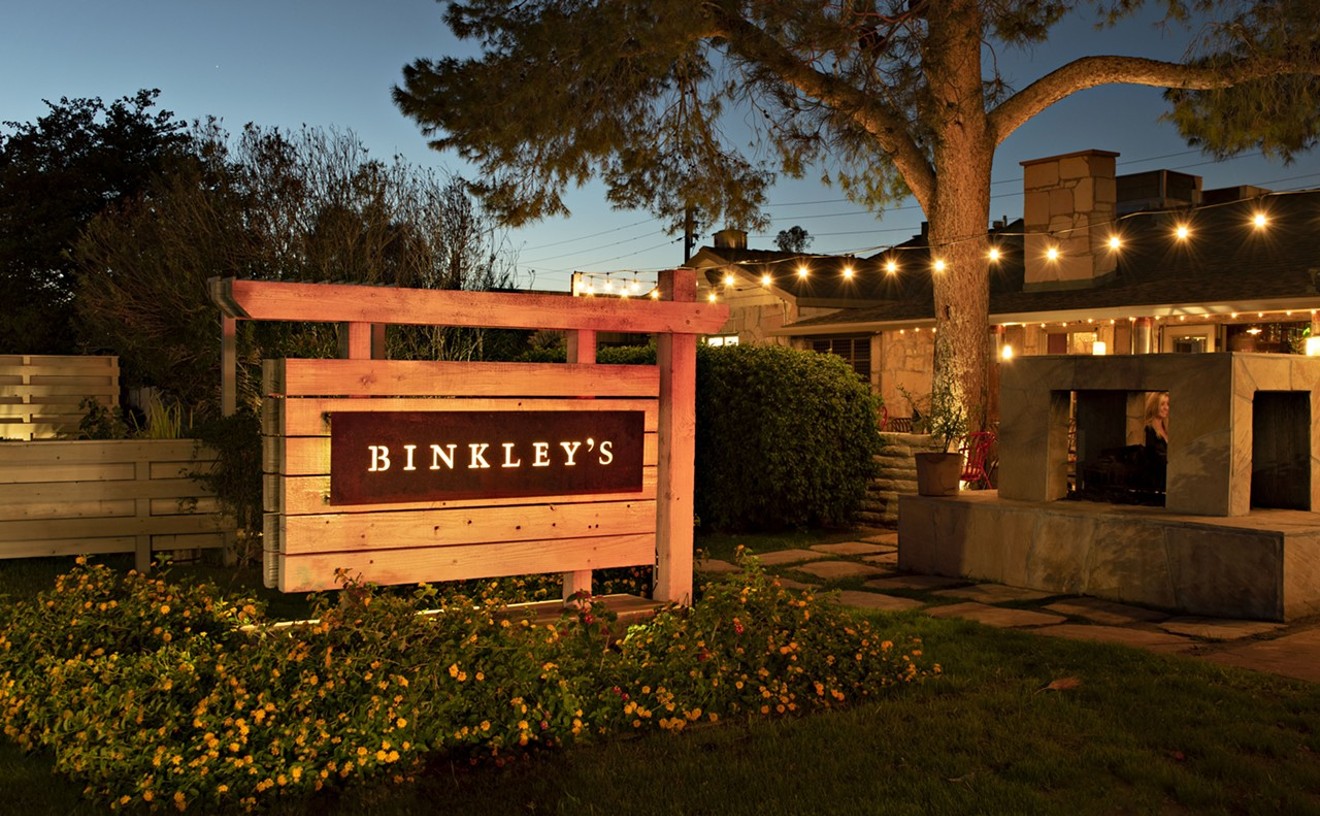Beer: Harvest Wild Hop IPA Brewery: Sierra Nevada Brewing Co. Style: American IPA ABV: 6.5 percent
Of the four main ingredients used to brew beer, hops get the most fanfare -- and why not? Humulus Lupulus is a beautiful plant, distinctive in shape and grown for a singular, noble purpose: to make beer better.
Also impressive is that hops have been found growing across the globe, without any help from human hands. Today, these wild-grown breeds are known as landrace varieties, They showcase the terroir of their respective regions, exhibiting profoundly different flavor profiles depending on where they were found. Many of the landrace hops have been so widely used that they've come to distinguish beers from that region. We expect English ales to have a floral, woody hop character due to Fuggle, a variety found growing wild in England in 1861. The spicy, peppery Saaz hop is a hallmark of the Czech-style pilsner. German brews wouldn't be the same without the cedar-and-tobacco aroma of Hallertauer Mittelfruh.
See also: Destihl Here Gose Nothin': What Gose Round Comes Around
But brewers and hop growers weren't content to stick with these home-grown hop types. They began experimenting with them, cross-pollinating their fields with different varieties to emphasize certain qualities the same way dogs have been selectively bred over the centuries. Most of these pairings don't pan out, and experimental hops with correctional facility names like HBC342 or EO5256 are forgotten to history. But some become popular with brewers, and they're given names. Cascade, today the most widely grown hop in the U.S., is the offspring of Fuggle and a Russian variety known as Serebrianka. Citra, an extremely popular breed among American craft brewers, is a genetic mutt combining DNA from Hallertauer Mittelfruh, U.S.-grown Tettnang, and the English varieties East Kent Golding and Brewer's Gold. Hop husbandry is big business. Both of the aforementioned hops have made their developers lots and lots of money, so breeders invest years of time and millions of dollars developing new varieties. But sometimes, nature still finds a way to one-up them.
This is Neomexicanus. It's a hop species completely native to the United States, first found growing wild in New Mexico. Unlike on most hop plants, the cones produced by Neomexicanus have multiple heads -- a hop hydra. Its flavor and aroma are also distinctly different from the citrusy, piney profile most drinkers have come to associate with American pale ales and IPAs. It is a truly American hop, one that can demonstrate the terroir of our country in a way cross-bred varieties just can't.
As of this writing, just two commercial beers made with Neomexicanus have been produced: Neomexicanus Native Pale Ale, made by Crazy Mountain Brewery of Colorado, and Harvest Wild Hop IPA, made by Northern California's Sierra Nevada Brewing Co.
Sierra Nevada was nice enough to send me a bottle of their Neomexicanus-based brew, the wild finale of the five-bottle Harvest IPA series, which this year featured beers that were single-hopped (bittered and flavored with just one hop variety), fresh-hopped (made with dried hops fewer than seven days old) and wet-hopped (made with un-kilned, un-dried hops fresh off the vine). The Wild Hop IPA is brewed solely with Neomexicanus, giving it 55 IBUs of bitterness and a flavor and aroma that belongs exclusively to the hop.
The result? Bright copper in hue with perfectly clarity and an abundant, fuzzy white dome. The aroma is a lightning flash of lemon zest that gives way to mellower orange peel and cucumber skin, followed by tones of sweet honeydew and apricot. In the background swirl notes of musty earth, like the desert after a rain. The flavor displays more maltiness, as toasted saltines and dry biscuits meld with the apricot, orange juice and wet grass delivered by the hops before a finish drizzled with wildflower honey. The bitterness that settles on the tongue is pungent, almost astringent, and unpleasant -- like spraying perfume in your mouth.
The hop certainly smells wild and untamed. Its flavor and bitterness are rougher around the edges than most. Neomexicanus is not a hop that's for everyone. It's brash; unapologetic; weird. In this way, perhaps it's the most American hop of all.
Zach Fowle is a BJCP-recognized beer judge and a Certified Cicerone. He works at World of Beer in Tempe.










